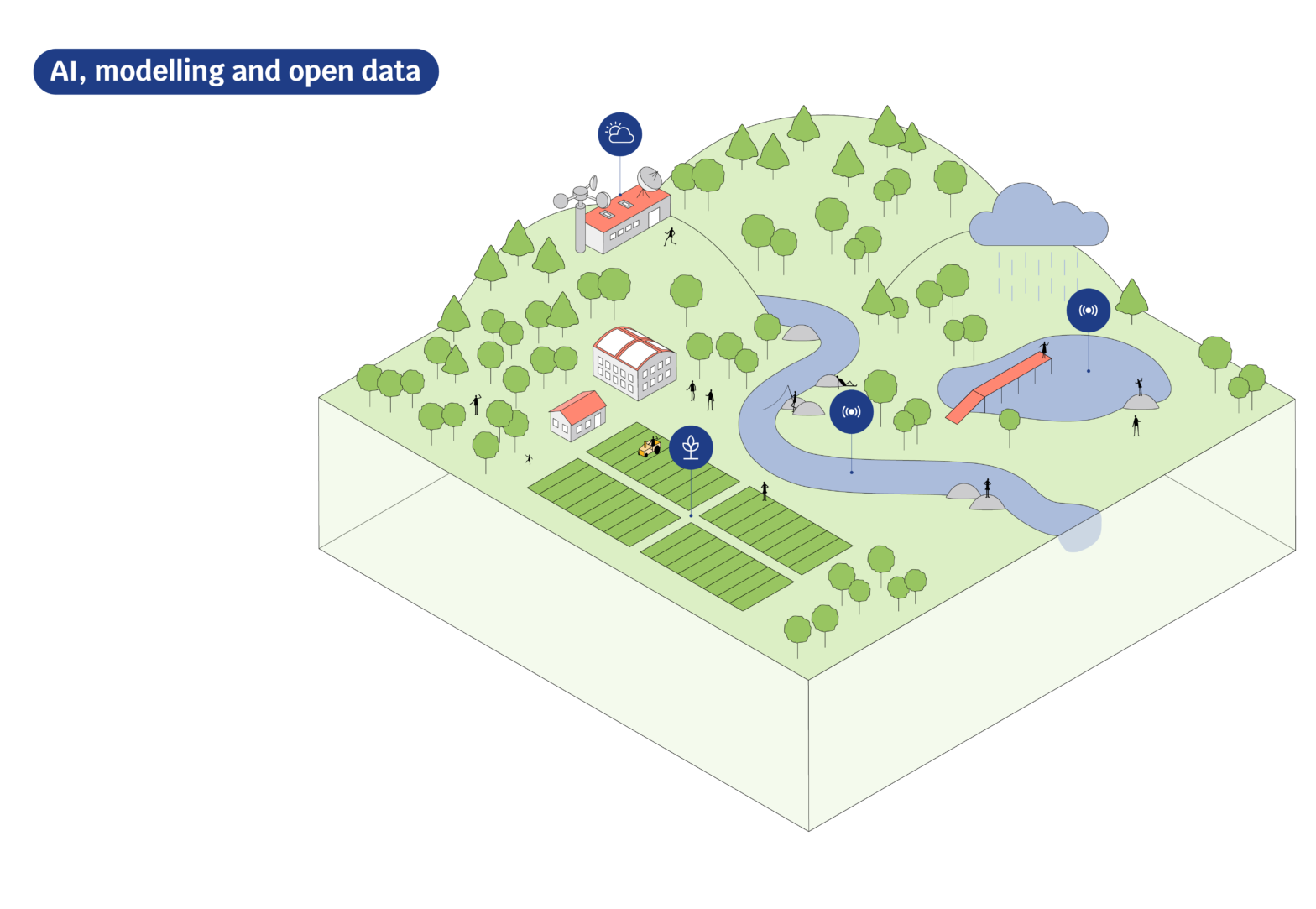The plan is one of a series of recent announcements from IBM around the idea of ‘grid computing’, which herds networks of computers and storage systems into a pool of shared processing power. The concept is slowly emerging as a potential means of sharing computing resources as a utility in the same way that organisations tap into electricity and telephone networks.
The DoE’s Science Grid, as it will be known, will consist of numerous interconnected computer systems and will allow hundreds of researchers to tap into a virtual supercomputer to perform complex scientific calculations.
At present, the grid consists of just two computers, located at the DoE’s National Energy Research Scientific Computing Centre – a 3,328-processor IBM Unix server and a 160-processor Intel-based system. The Centre also has a storage system with 1.3 petabytes of space attached to the grid.
Other systems and software vendors, including Hewlett-Packard, Compaq, Sun Microsystems and Microsoft, have also outlined grid computing initiatives. Although most projects at present focus on the academic and scientific research sectors, its supporters hope grid computing will ultimately become a means of sharing commercial IT resources as well.
Infoconomy features:
Tapping into the grid (September 2001)
The majority of computers are idle most of the time. So how can companies tap into that wasted resource?









